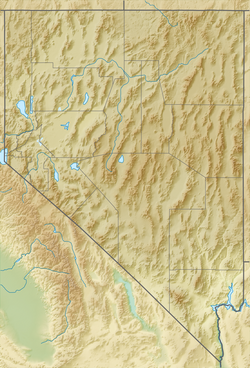| Badger Mountains | |
|---|---|
| Highest point | |
| Elevation | 2,191 m (7,188 ft) |
| Geography | |
| Country | United States |
| State | Nevada |
| District | Washoe County |
| Range coordinates | 41°36′58.626″N119°20′3.722″W / 41.61628500°N 119.33436722°W |
| Topo map | USGS Badger Mountain SE |
The Badger Mountains is a mountain range in Washoe County, Nevada. [1] The southern portion is within the East Fork High Rock Canyon Wilderness. The northern portion is within the Sheldon National Wildlife Refuge.

